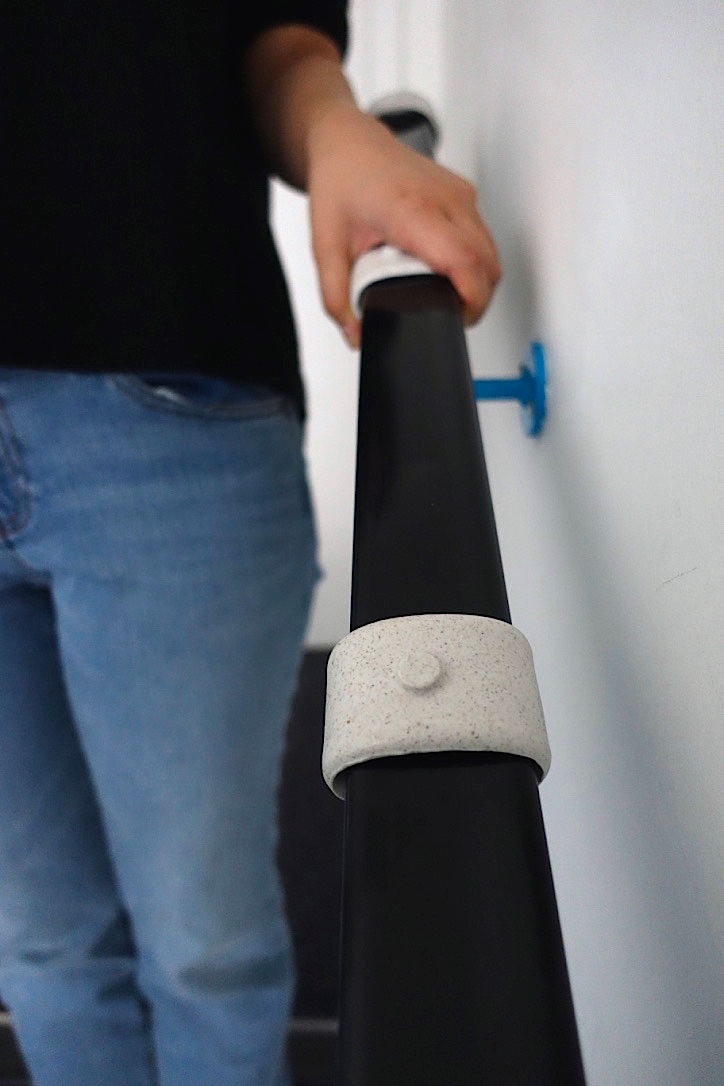Dot To Dot by BA 3D Design & Craft student, Joyce Chang, is a series of products which use tactile bumps to navigate the home.
Joyce who took third place in this year’s Designing for the Future explains:
Since I don’t have any experience being around people with dementia, I talked to my mom about her experience taking care of my grandfather. She told me that due to vision loss, he is unable to identify where the steps are as well as where the staircase starts and ends. This became my starting point of the research. I started to look into the relationship between dementia and vision loss, and I found studies that further explained visual depth perception and vision impairment has the most impact on people experiencing dementia.
A common product on the market that improves staircase safety is a neon strip that attaches on the edge of the stairs, this functions by alerting with visual stimulation. People who are experiencing vision impairment and having difficulties with depth perception will receive little to no benefit from this product. Therefore, I decided to generate solutions using other sensation to alert people of space around them.
Dot To Dot is a series of products that uses tactile bumps as an indication for space awareness, designed for people who are experiencing vision loss and vision impairment. Besides the functional aspect, these solutions are designed with consideration of aesthetics and playfulness. This series of products are all hand made. I selected silicon as my main material for several reasons. Since it is not a fragile material, it is easier to handle during application. Silicon is also a suitable material that is easy to wipe clean, and the anti-slippery characteristic works well to secure products in place.
Responding to my initial research situation, the first product Number 1 is a step indicator for users to know where the steps are, and when the staircase starts and ends. Number 2 is a direction guide that leads a journey in the dark. The four bumps in the end inform users that they have arrived destination. For example, the guide can be applied on the wall from bedroom to toilet. Number 3 is a coaster. The bumps formed a wall which can assist the user to place a hot cup of tea into designated area on the table.

